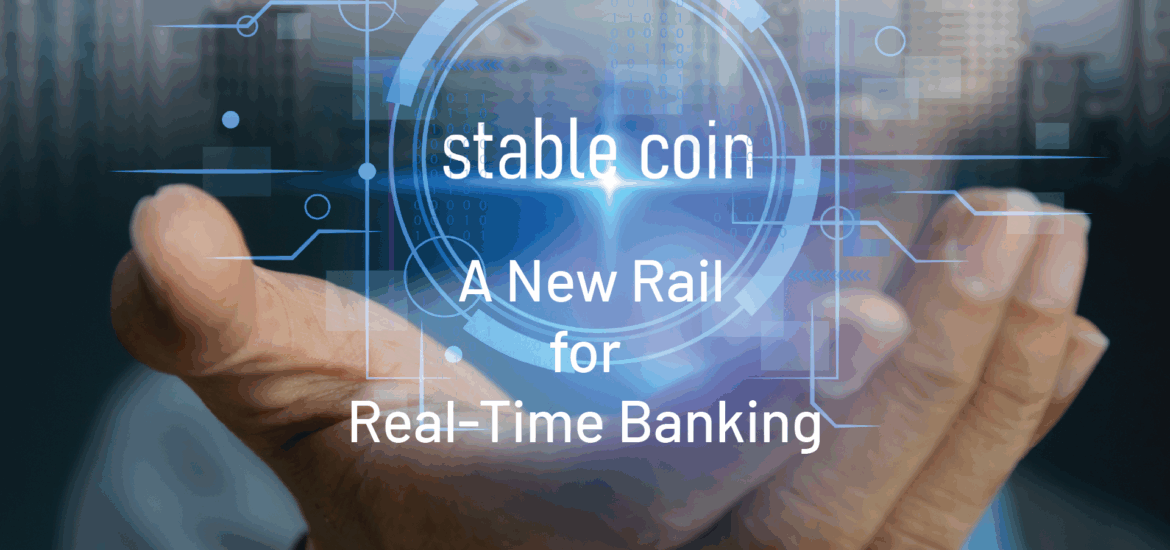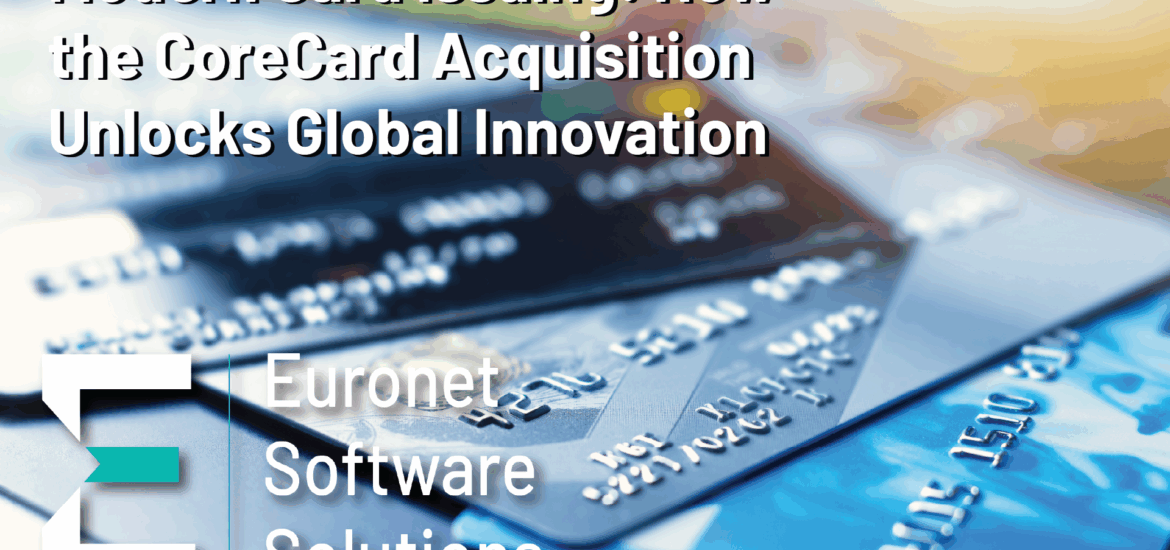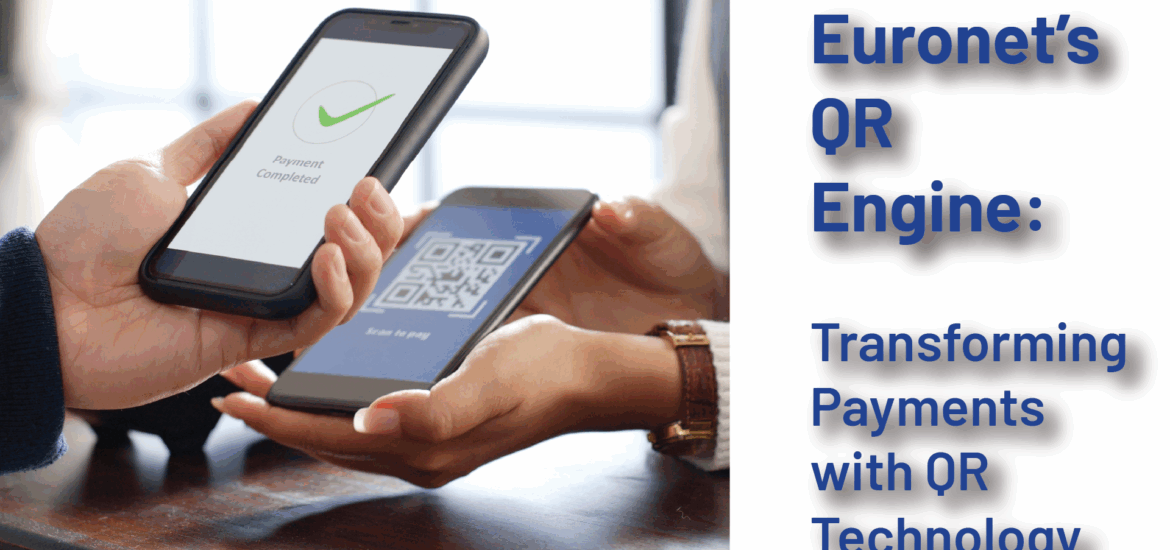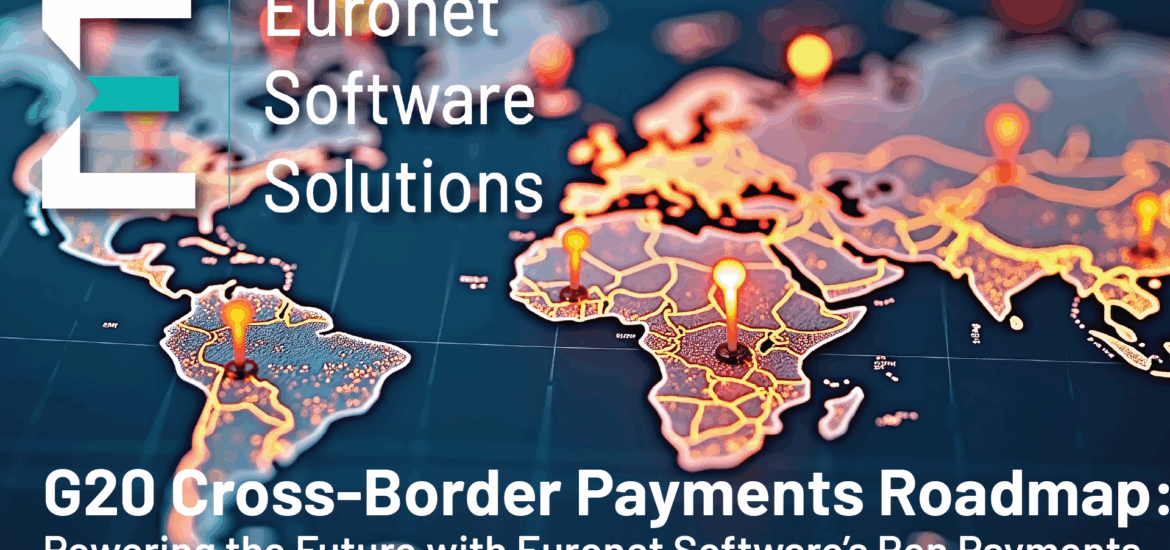Banks worldwide are under pressure to move money faster, at lower cost, and across more borders than ever before. One emerging tool drawing increasing interest from financial institutions is the stablecoin – a digital asset designed to maintain a stable value, typically pegged to a fiat currency like the US dollar or Euro.
Unlike volatile cryptocurrencies like Bitcoin, stablecoins are designed for stability, not speculation. They combine the speed, programmability, and 24/7 availability of blockchain with the price predictability of fiat. That makes them an ideal instrument for real-time settlement, especially for cross-border payments where traditional rails are slow and expensive.
For banks, the benefits are compelling:
• Instant settlement between institutions or corporate clients without correspondent banking delays
• Lower operational costs by bypassing intermediaries and reducing reconciliation overhead
• Improved liquidity with near-instant fund availability
• Programmable money that can embed compliance, disbursement rules, or escrow logic directly into transactions
The stablecoin trend is not about replacing fiat currency but about creating a faster, digital wrapper around it. At Euronet Software, we see stablecoins as a natural extension of the real-time capabilities already powering solutions like Ren Payments and Dandelion. Our global network can serve as the bridge between bank core systems and new digital settlement rails, allowing financial institutions to move value in whatever form their customers demand.
Our recent integration of CoreCard strengthens this vision. With its modern ledger and card issuing platform, banks could manage both fiat and tokenized balances on a unified system, paving the way to offer stablecoin wallets, stablecoin-backed cards, and real-time settlement options alongside traditional payment products.
Stablecoins aren’t a competitor to banks. They’re an opportunity to deliver faster, cheaper, and smarter payments, and to stay ahead as money goes digital.




